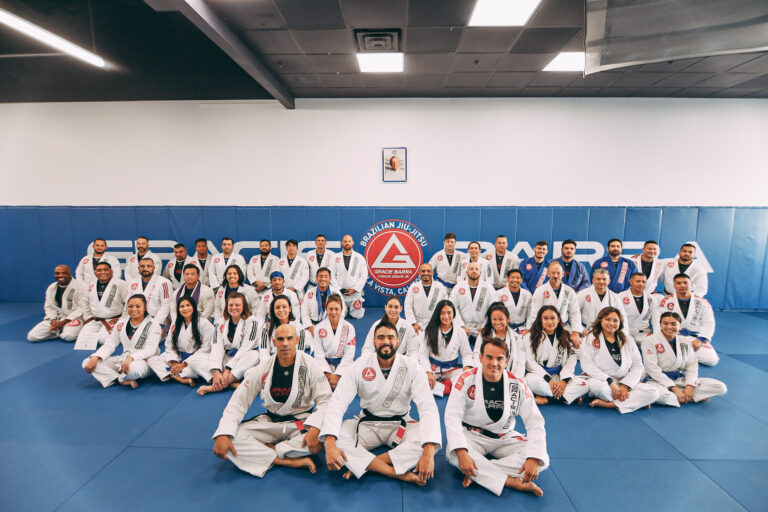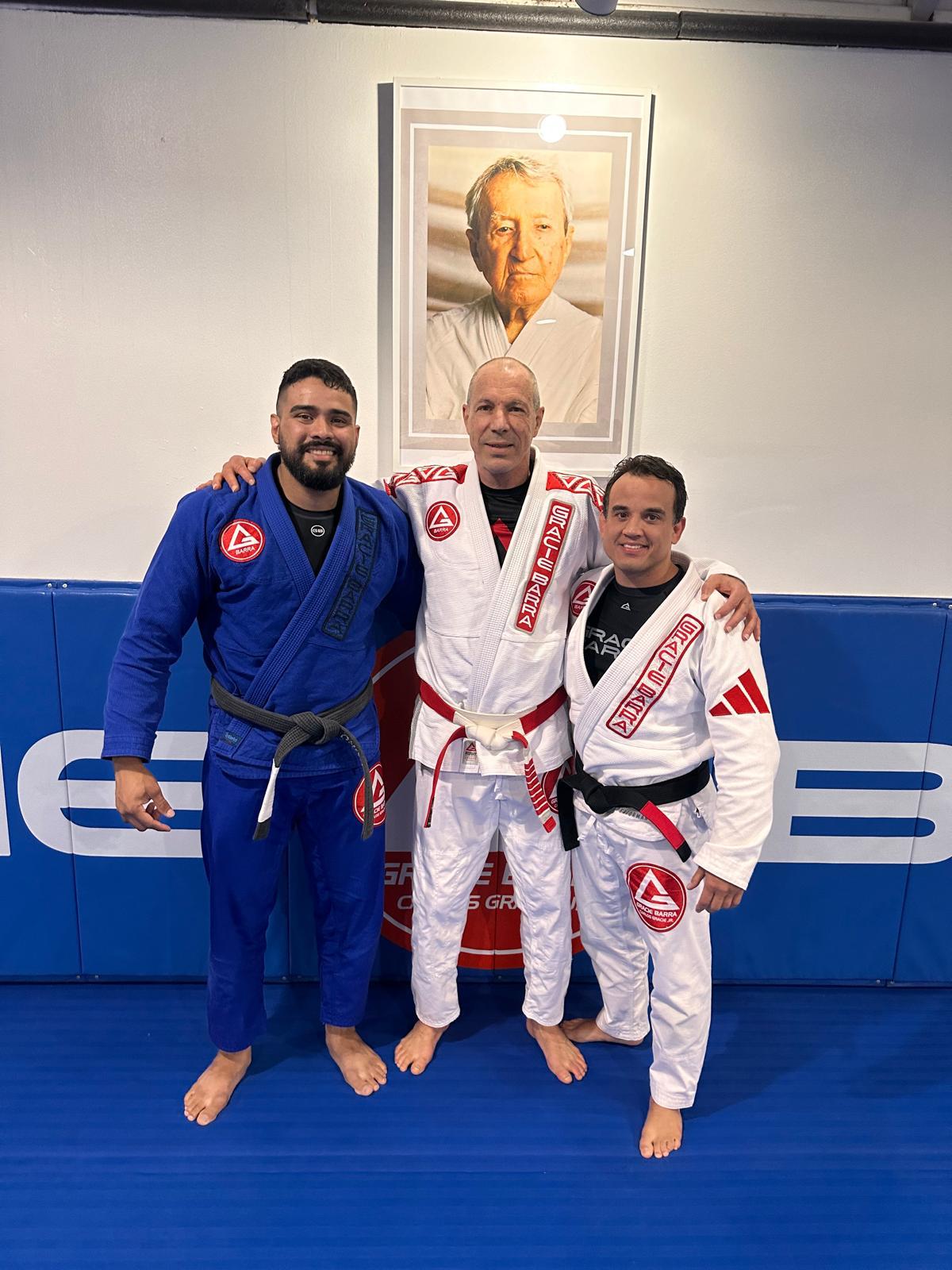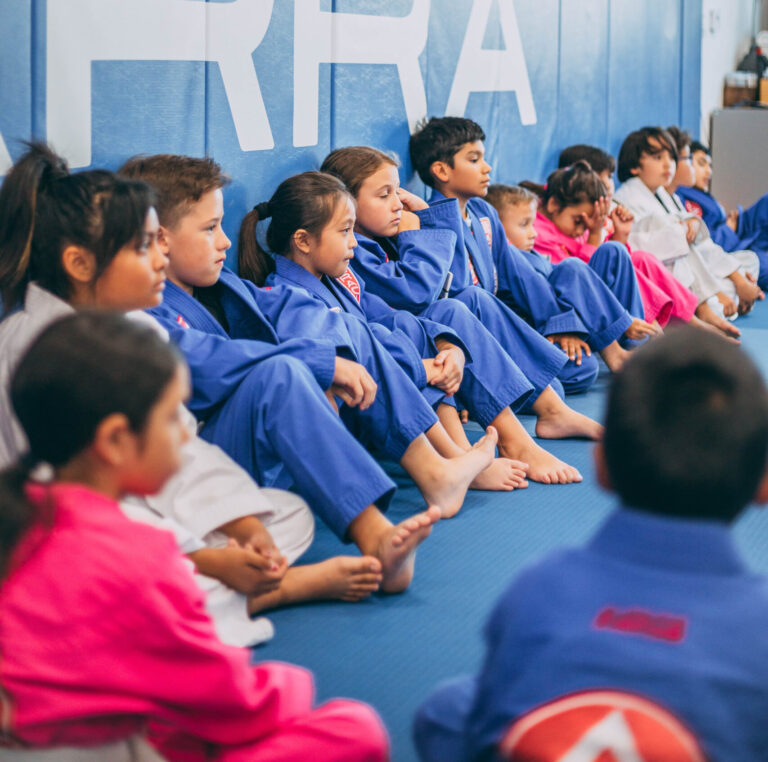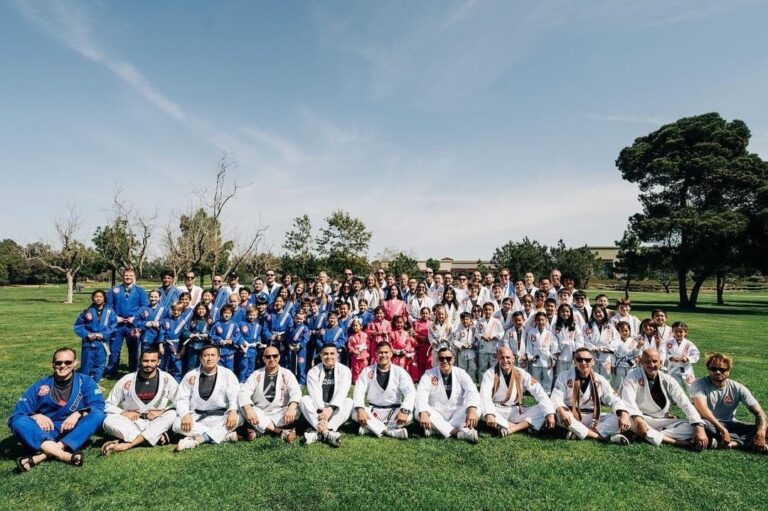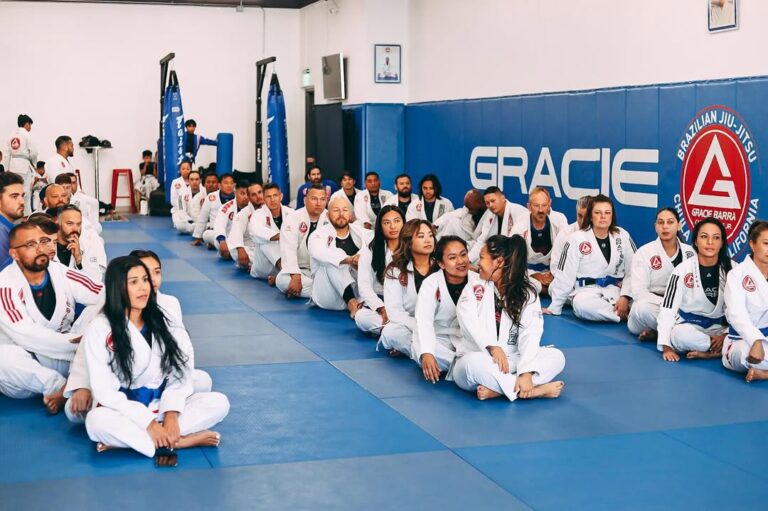Jiu-Jitsu as a Communication Tool: Developing Interpersonal Skills at Gracie Barra Chula Vista
The Essence of Human Connection
Communication is the foundation of all relationships. It goes beyond spoken words. It involves actively listening, observing, and feeling others. Interpersonal skills are crucial for success in any field. They shape our personal and professional lives. In Chula Vista, the pursuit of improvement is constant. People desire to connect better with others. They want to express themselves clearly. They seek to understand others deeply.
Gracie Barra Chula Vista’s Approach
Jiu-Jitsu is widely recognized for its physical benefits. However, its true strength lies in its ability to develop social skills. Gracie Barra Chula Vista understands this profound dimension. The academy offers a unique learning environment. In it, Jiu-Jitsu training becomes a powerful tool. It helps enhance communication. It develops active listening. It cultivates empathy. This guide explores how the gentle art empowers practitioners. It teaches them to communicate more effectively. All of this reflects in a more connected and harmonious life.
Non-Verbal Communication on the Mat: Reading Your Partner’s Body
Deciphering Silent Signals
Non-verbal communication is vital in Jiu-Jitsu. It occurs constantly on the mat. The practitioner learns to “read” their training partner’s body. They observe posture. They perceive muscle tension. They notice weight distribution. These signals indicate intentions. They reveal opportunities for attack or defense. It is an intuitive and constant reading. It happens in real-time. This skill is enhanced with each roll.
Anticipation and Reaction Without Words
In Jiu-Jitsu, anticipation is crucial. The practitioner learns to react without words. They feel the pressure. They predict the opponent’s intention. They adjust their position quickly. This happens fluidly and instinctively. This ability to predict movements is developed. It is based on attentive observation. On interpreting non-verbal cues. This skill is transferable to life. It helps better understand people. It allows for more conscious reactions in daily interactions.
Enhancing Perception and Intuition
Constant Jiu-Jitsu practice sharpens perception. It increases intuition. The practitioner develops acute sensitivity. They grasp subtle nuances. They notice details that previously went unnoticed. This enhanced perception is valuable. It helps “read” the environment. It allows understanding social dynamics. It aids in making more informed decisions. Gracie Barra Chula Vista cultivates this non-verbal intelligence.
Active Listening: The Importance of Hearing and Feeling
Listening with the Body: Beyond Words
In Jiu-Jitsu, listening goes beyond the ears. It involves the entire body. The practitioner learns to feel their partner’s movement. The pressure they exert. The resistance they offer. It is a tactile and kinesthetic listening. It helps understand intentions. It allows adjusting one’s own technique. This active listening is fundamental for mat success.
Understanding What the Other Person Says
Learning to “hear” what the other person’s body says is transformative. The practitioner develops the ability to understand deeply. They perceive beyond spoken words. They grasp unexpressed needs. They sense their partner’s limits. This active listening skill transfers to life. It improves the ability to truly listen to others. It helps understand their emotions. It allows for more empathetic responses.
The Patience of Listening and Conscious Response
Active listening in Jiu-Jitsu requires patience. One should not react impulsively. It is necessary to absorb information. To process what the partner is doing. Only then, respond consciously. This pause between stimulus and response is crucial. It develops self-control. It allows for more deliberate communication. Gracie Barra Chula Vista fosters this patience.
Empathy: Connecting with Others During Rolling
Controlling Force and Intent
Empathy is vital in Jiu-Jitsu. The practitioner learns to control force. The intensity of their techniques. The goal is to dominate, not to hurt. Putting oneself in the partner’s shoes is essential. Understanding their reactions. Respecting their limits. This requires sensitivity and awareness. Consistent practice develops this consideration.
Learning to Feel the Other
During rolling, the practitioner learns to feel the other. They perceive when their partner is uncomfortable. They identify when pressure is excessive. This is an act of empathy. It helps adjust technique. It ensures the safety of both. This connection to the other’s well-being is profound. It transcends the competitive aspect of the fight.
Developing Compassion and Consideration
The development of empathy on the mat is natural. The practice of caring for one’s partner is constant. This cultivates compassion. Consideration for others. These qualities are fundamental for healthy relationships. They extend to daily life. They help build a more empathetic society. Gracie Barra Chula Vista values these principles.
Effective Verbal Communication: Clarity and Assertiveness
The Importance of Communicating Limits
Verbal communication is crucial in Jiu-Jitsu. The “tap” is the clearest signal of submission. It indicates surrender. It shows respect for the partner. The practitioner learns to use their voice. They say “no” clearly and firmly. They know how to ask for help when needed. This assertiveness is fundamental for safety.
Clear Expression Under Pressure
The practitioner learns to express themselves under pressure. In intense training situations, for example. They need to communicate their needs. They can ask the partner to slow down. Or warn about a risk. This ability to communicate clearly is vital. It helps prevent accidents. It strengthens mutual trust. Gracie Barra Chula Vista encourages this practice.
Assertiveness in Daily Life
The assertiveness developed on the mat is transferable. The practitioner feels more secure expressing their ideas. Defending their viewpoints. Establishing healthy boundaries in relationships. This improves communication in all areas of life. It helps resolve conflicts constructively. It increases self-confidence in social situations.
Conflict Resolution: Finding Solutions on the Mat and in Life
Rolling as Controlled Conflict
Rolling in Jiu-Jitsu is a form of conflict. However, it is controlled and safe. The practitioner learns to seek solutions. To negotiate positions. To de-escalate situations. They use intelligence. Not just physical force. This dynamic teaches how to deal with opposition. It helps find ways to overcome challenges.
Negotiation and De-escalation Strategies
Jiu-Jitsu practice develops strategies. The practitioner learns to negotiate positions. To yield when necessary. To persist when there is an opportunity. To de-escalate a dangerous situation. These skills are valuable. They apply to disagreements. To discussions at work or home. Gracie Barra Chula Vista molds strategic thinkers.
Calmness to Solve Problems
Calmness under pressure is a legacy of Jiu-Jitsu. It allows solving problems effectively. This happens even in stressful moments. The practitioner learns to breathe. To think clearly. To seek the best solution. This ability is crucial for conflict resolution. It promotes peace and harmony in relationships.
Jiu-Jitsu: A Tool for Better Living in Chula Vista
Jiu-Jitsu at Gracie Barra Chula Vista is more than a martial art. It is a school of communication. It develops active listening. It cultivates empathy. It enhances verbal communication. It teaches how to resolve conflicts. All of this translates into a more connected life. With healthier relationships. With more clarity and purpose.


